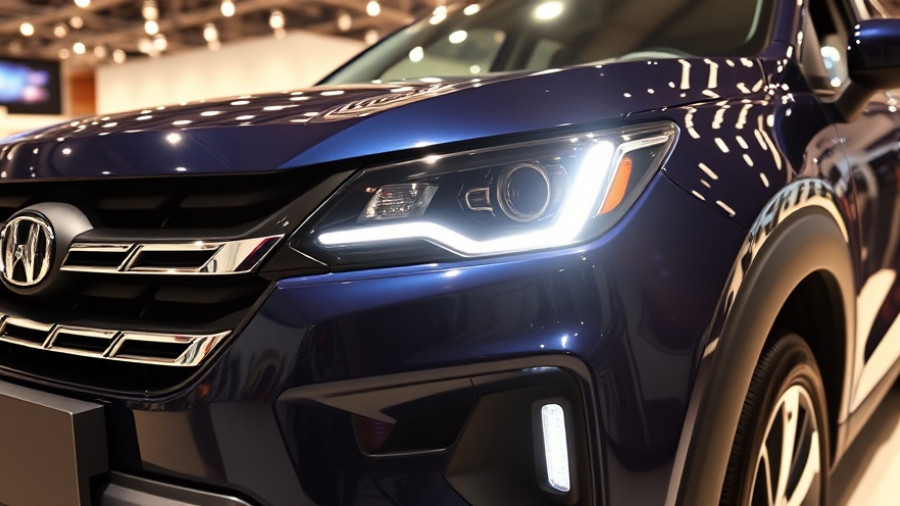
Porsche's New Direction: Combustion Meets Electric
Porsche is known for its remarkable engineering and performance vehicles, and now they're making waves again with a significant shift in their product strategy. The iconic 718 Cayman and Boxster—previously set to be exclusively electric—are now being reimagined with internal combustion engines (ICE) as a key option. This change reflects a broader trend in the automotive industry, where manufacturers are re-evaluating consumer demand and the future of electric vehicles amidst rising economic and regulatory pressures.
Demand Shifts: A Reality Check in the EV Market
The moves by Porsche underscore a critical juncture in the electric vehicle market. CEO Oliver Blume's candid acknowledgment of a "clear drop in demand for exclusive battery-electric cars" resonates throughout the industry. As consumer appetite shifts, automakers face unique challenges, ranging from regulatory compliance to evolving preferences for hybrid and gasoline-powered vehicles. These factors compel firms like Porsche to reconsider their strategies, blending traditional powertrains with innovative technologies to appease a diverse customer base.
The 718 Lineup's Future: Hybridizing Performance
For the next generation of the 718 models, Porsche plans to integrate the hybrid flat-six engine from the 911, which is designed to meet upcoming Euro 7 emissions regulations. This hybrid setup promises not only compliance but also the exhilarating performance that Porsche drivers demand. Offering both gas and hybrid options signals Porsche’s commitment to versatility in an increasingly competitive landscape.
Reactions and Implications for Car Enthusiasts
Fans of Porsche and performance vehicles are likely to welcome this return to tradition. The gas-powered versions of the 718 Cayman and Boxster keep alive the spirit of driving that has been integral to Porsche's identity. Enthusiasts view this shift not just as a necessity but as an opportunity to experience the beloved characteristics of these sports cars combined with modern efficiency.
Global Market Dynamics: Regulatory Factors at Play
Porsche's decisions are influenced not just by customer demand but also by international regulations. The company's adaptation to Euro 7 emissions standards illustrates the balancing act automakers face—staying compliant while delivering the powerful performance their brand is known for. Changing tariffs and fluctuating markets, especially in China and the U.S., further complicate the manufacturing landscape for Porsche's planned products.
Looking Ahead: What's Next for Porsche?
Despite the adjustments to their immediate lineup, Porsche isn't completely abandoning electric ambitions. Their plans still include a Cayenne Electric set to debut soon. As the automotive world continues to pivot towards electrification, Porsche’s strategy of keeping combustion engines may provide a buffer against market uncertainties. The upcoming flagship K1 SUV indicates that the brand will continue leveraging its history of performance while adapting to the future.
Conclusion: A Time for Change
The refined approach Porsche has taken reflects a strategic realignment that acknowledges both current market conditions and consumer preferences. As car enthusiasts eagerly anticipate the new Cayman and Boxster, it's evident that Porsche aims to maintain a foot in both the traditional and electric realms of the automotive market.
 Add Row
Add Row  Add
Add 




Write A Comment